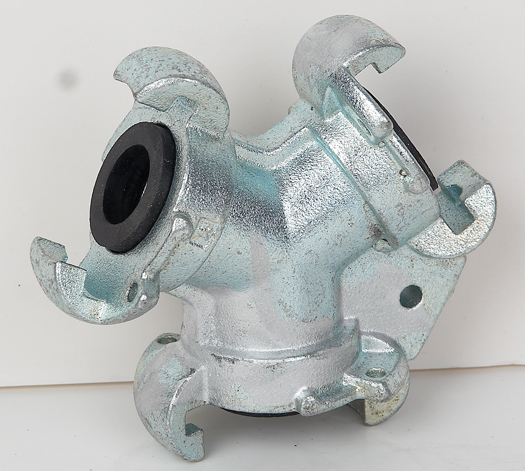Heat and Harmony: Navigating Temperature and Environmental Impact on Universal Claw Coupling Type S Performance
2024-02-01
Introduction:
In the demanding world of machinery, the performance of components can be profoundly influenced by temperature variations and environmental conditions. The Universal Claw Coupling Type S, known for its adaptability and efficiency, is not immune to the effects of its surroundings. In this blog, we'll explore how temperature and environmental conditions can impact the performance of Universal Claw Coupling Type S and the measures to mitigate potential challenges.
1. Temperature Extremes:
The Universal Claw Coupling Type S operates within a specified temperature range, and extremes can affect its performance. In high-temperature environments, components may experience accelerated wear due to thermal expansion and increased friction. Conversely, low temperatures can result in stiffness and reduced flexibility, potentially leading to misalignments.
2. Lubrication Challenges:
Temperature fluctuations can impact the viscosity of lubricants used in the coupling. High temperatures may cause lubricants to thin, reducing their effectiveness in preventing friction and wear. In colder environments, lubricants may thicken, impeding their ability to flow and adequately lubricate moving parts.
3. Corrosion Concerns:
Harsh environmental conditions, such as exposure to moisture, saltwater, or corrosive chemicals, can accelerate corrosion on the coupling's components. Regular inspections and the use of corrosion-resistant materials are essential in mitigating the impact of corrosive environments.
4. Material Expansion and Contraction:
Temperature changes cause materials to expand and contract. This thermal cycling can lead to stress on the coupling's components. Ensuring that materials are selected to withstand these temperature-induced variations is crucial for preventing fatigue and maintaining structural integrity.
5. Impact on Elastomeric Elements:
Universal Claw Coupling Type S may incorporate elastomeric elements for vibration damping. Extreme temperatures can affect the elasticity of these components. In high temperatures, elastomers may become softer, while in cold temperatures, they may become stiffer, potentially impacting the coupling's ability to absorb vibrations.
6. Alignment Challenges:
Temperature-induced expansion or contraction of components can contribute to changes in shaft alignment. This effect may be more pronounced in environments where temperature fluctuations are significant. Regular alignment checks are essential to ensure the coupling continues to operate within specified tolerances.
7. Environmental Contaminants:
Dust, dirt, and other environmental contaminants can infiltrate the coupling and affect its performance. In dusty or dirty environments, regular cleaning and protective measures, such as shields or covers, become crucial to prevent abrasive particles from causing premature wear.
Mitigating Measures:
1. Selecting Appropriate Materials:
Choose materials that can withstand the expected temperature range and environmental conditions. Corrosion-resistant materials, such as stainless steel, can be advantageous in challenging environments.
2. Regular Inspections:
Conduct frequent visual inspections to identify signs of wear, corrosion, or misalignment. Early detection allows for timely intervention and maintenance.
3. Proper Lubrication:
Follow manufacturer recommendations for lubrication, and use lubricants suitable for the anticipated temperature range. Regularly monitor lubricant conditions and replenish or replace as needed.
4. Protective Measures:
Implement shields, covers, or enclosures to protect the coupling from environmental contaminants. This is particularly important in industries where dust, chemicals, or water exposure is common.
5. Climate-Adapted Maintenance:
Adjust maintenance schedules and practices based on the climate and environmental conditions. This may include more frequent inspections or additional protective measures during extreme weather events.
Conclusion:
Understanding the impact of temperature and environmental conditions on the performance of Universal Claw Coupling Type S is crucial for ensuring its longevity and reliability. By selecting appropriate materials, implementing protective measures, and conducting regular inspections, operators can navigate the challenges posed by varying temperatures and environmental factors. A proactive approach to maintenance, tailored to the specific conditions of the operating environment, is key to maximizing the performance and operational lifespan of Universal Claw Coupling Type S in diverse industrial settings.



